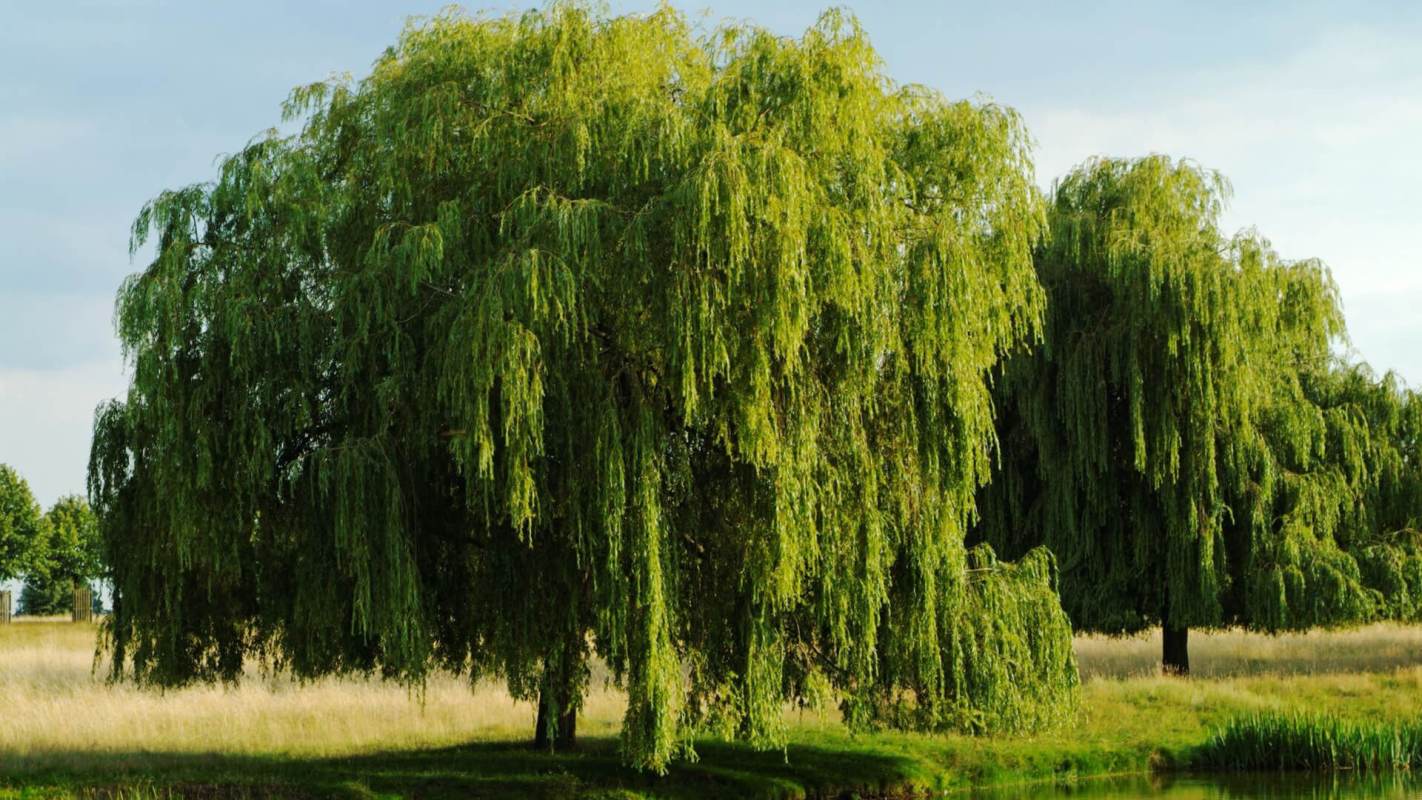From providing food and shade to creating oxygen and removing harmful carbon pollution from the air — it's no surprise that trees have value. But just how much value are they creating? A new study from the U.K. has answers.
According to researchers at Forest Research, the U.K.'s non-woodland trees — those small groups of trees in parks or solo trees common on city streets — are numerous, totaling in the millions. There are about 750,000 hectares (around 1.8 million acres) of these trees, and they provide a significant dollar value in services.
Researchers estimate that urban trees in the U.K. provide anywhere from £1.4 billion to £3.8 billion (about $1.68 billion to $4.5 billion) in services every year.
"The numbers are substantial," said Kieron Doick, head of Forest Research and lead author of the report. "These trees are at least as valuable in terms of providing benefits to people as woodland trees and we still aren't even considering all of the benefits."
Those numbers may even be conservative, as researchers say it's difficult to put numbers on the value trees provide for wildlife and other benefits like supporting mental health.
The idea for the research came to Doick one day after a walk home. "As I walked home, I was passing trees all around my town, along the highway, single ones in people's gardens, some at the intersections," he said. "It represented to me the diversity and coverage of the trees that are in our everyday lives, but are not in woodlands."
Just one large urban tree can produce hundreds to thousands of pounds of benefits every year. In total, the report valued all non-woodland trees at a staggering £429 billion ($515 billion), a number they say should help make the case for preserving and expanding on urban tree projects.
"This research will help support decision-makers to justify the spending on the resource management, research and maintenance of our non-woodland trees in the same way they do our woodland trees," Doick said.
Want more? Follow The Cool Down on Instagram and join our Weekly Newsletter for cool stories and easy tips that save you money, time, and our planet.








